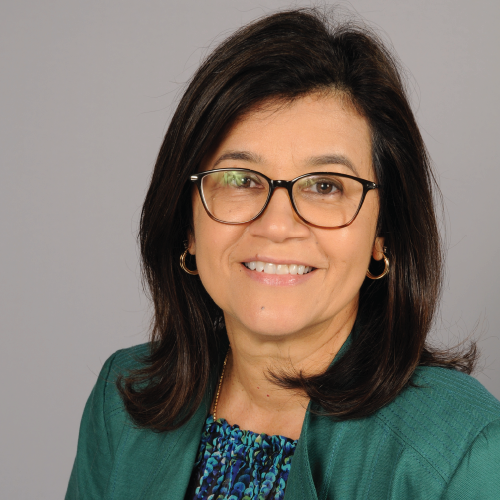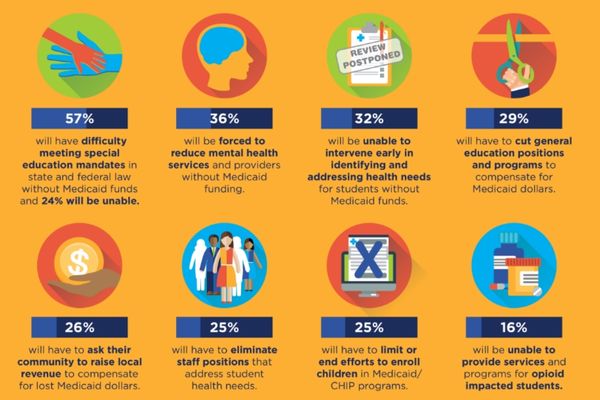Walking in the Footsteps of a Tragedy
January 01, 2024
President's Corner
In February 2018, 14 students
and three staff members were murdered in the freshman building at Marjory
Stoneman Douglas High School in Parkland, Fla. This past October, I was invited
to tour the school as part of a guided visitation led by the district
attorney’s office.
Almost six years after the tragedy, the building remained frozen in time — preserved as a crime scene until recent visits by a court jury, victims’ families and those involved in a reenactment as part of a civil lawsuit.
The scene was haunting and heartbreaking. There was blood on doors, walls and desks. Broken glass and personal effects were scattered across the classrooms. The sights of that day will stay with me for the rest of my life — long after the building is demolished this summer.
There is something wrong when we allow this carnage to continue with such frequency and little preventive action, when people offer only their thoughts and prayers, saying it is “too soon” to discuss solutions out of respect for the victims.
This is a public health epidemic such as we’ve never seen before in our schools and in our country. The K-12 School Shooting Database reports that shooting incidents on school grounds increased from 20 in 2012 to more than 305 in 2022.
According to the Centers for Disease Control, gun violence now is the leading cause of death among America’s young people. The Gun Violence Archive states that, as of October, more than 1,300 children and teens had been killed by guns in 2023. Moreover, The Washington Post reported that more than 1,150 guns were brought to K-12 campuses nationwide last year but seized before anyone fired them.
According to a study by the U.S. Secret Service and U.S. Department of Education, nearly every school shooting is planned. Eighty percent of school shooters tell someone about their plans, but too often, people think they’re joking — the theme of the incredibly powerful “Just Joking” Sandy Hook Promise public service announcement.
Just one month after the Parkland shooting, tens of thousands of students walked out of their schools for 17 minutes in response to safety concerns and in memory of the victims. Another 1.2 million marched on Washington, D.C., and elsewhere weeks later.
These events demonstrated the leadership and activism of young people who exercised their Constitutional rights to free speech and peaceful assembly to bring national attention to the national problem of gun violence — and yet they were criticized then and still are to this day as kids who don’t know what they are talking about.
Many of today’s students live in fear. When you hear about the prospect of a “good guy with a gun” preventing a tragedy or even the notion of arming our teachers, remember that shootings have happened in schools with police or resource officers on site. Parkland is a poignant reminder.
We need solutions. Yes, we need legislation. We also need to ensure that appropriate mental health supports are available and accessible to our students. Furthermore, we need more common sense when it comes to gun violence and school safety.
Max Schachter, father of a Parkland victim, coordinated our visit to Marjory Stoneman Douglas High School. I encourage you to read the essay he wrote for the “Today” show website (https://bit.ly/parkland-parent-essay) after he visited the classroom where his son Alex was murdered. He has dedicated his life to school safety, creating Safe Schools for Alex (safeschoolsforalex.org) and a charity in his memory.
Like Max, I see the value of leaders walking through these horrific crime scenes to learn and better understand the consequences of inaction — namely, the premature death of far too many young people and the fear instilled in countless others.
Schools must be safe places for our students.
Gladys Cruz is AASA president in 2023-24.
Author
Award
This article was the recipient of the 2024 Award of Merit for Excellence in Writing, awarded by the National School Public Relations Association (NSPRA).

Advertisement
Advertisement
Advertisement
Advertisement




